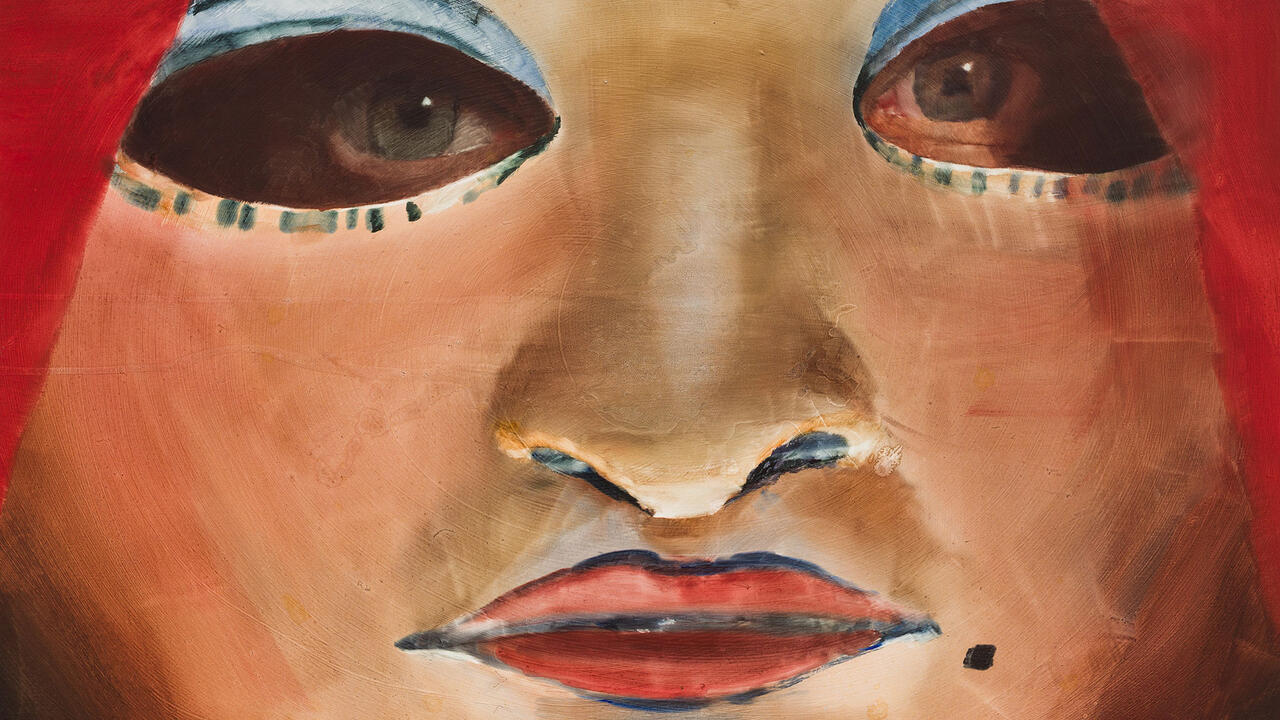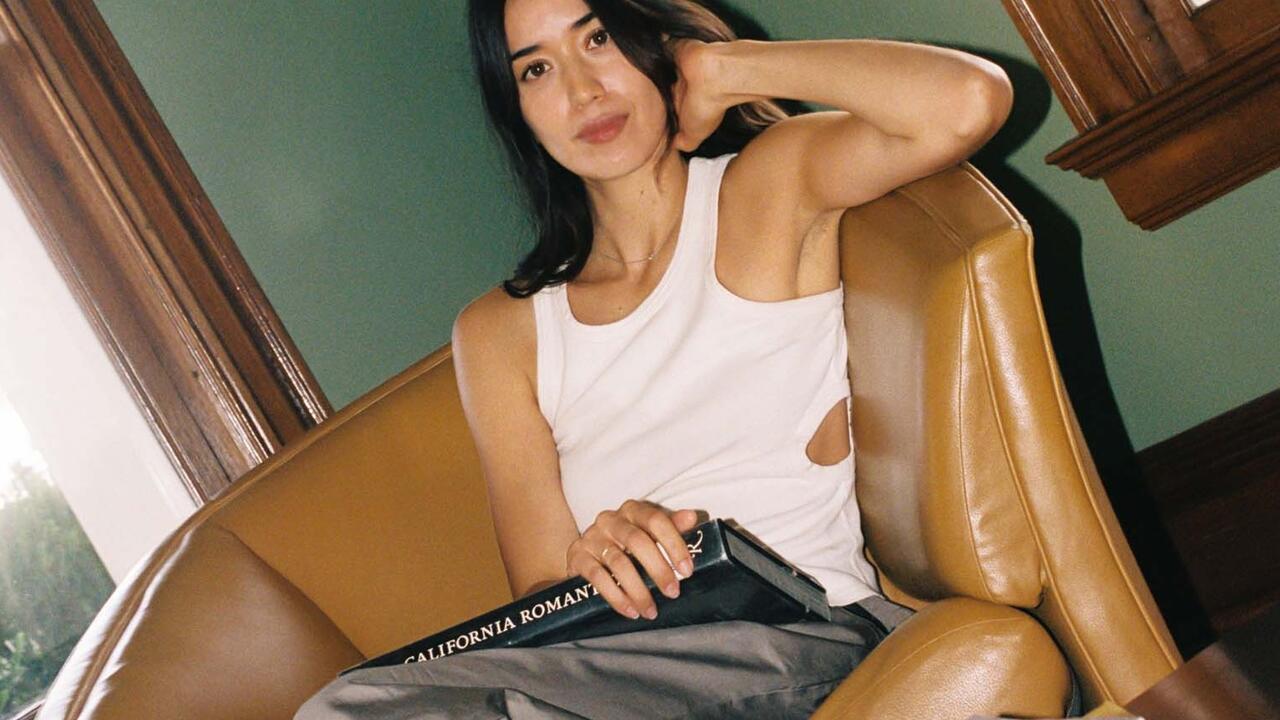Sophie Reinhold
Tobias Naehring Leipzig
Tobias Naehring Leipzig

How does something become a picture? This fundamental question ran through Sophie Reinhold’s exhibition Schlange im Seil (Snake in the Rope). The show brought together various strategies and approaches to picture making; the invitation card, for example, featured a photograph resembling a performance still in which the contours of a face emerged through a piece of latex stretched between two hands. This motif, which can be read as a reference to the famous ‘Veil of Veronica’ – and thus to the oldest, mythically-charged form of visual representation – was itself referred to in the exhibition in two different ways: in a piece of latex on a stretcher frame (Untitled, 2013) and in Woman with Bad Seed (2012), a painting operating on the border between abstraction and figuration in which – once again – an indistinct face can be made out through a mist of smeared paint.The other works on show also addressed questions concerning the picture, the combination of specific materials and abstract forms, and the tensions between surface and subject. And in places, the resulting pictures conveyed a mistrust of the things inevitably taken for granted by every artistic genre, in this case painting on canvas: a fixation on the surface, on pictoriality, or on just the profane limitations of a format.
Though Reinhold’s work resembles gestural expressive painting in its emphasis on process, the result is actually different. In their execution, her untitled large-format canvases, most of them made during her 2012 residency at the Villa Romana in Florence, have something cool and pleasantly technical about them. By priming her canvases with marble dust and repeatedly polishing the surface during production, she creates smooth expanses that cause any expressive gesture to slip off, as if they had a Teflon coating. The huge painted square frames in the pictures are reminiscent of graphic design, abstraction and technical precision, recalling Josef Albers’ geometrical experiments with colour and field, or works by the graphic designer, photographer and painter Anton Stankowski. These rectangular structures hang suspended over translucent, misty dabs of paint that sometimes order themselves and thicken into streaks of colour applied like bandages.
Further kindred spirits for these pictures are to be found by looking beyond painting, into the realm of architecture – at La Grande Arche, for example, built in the late 1980s to plans by Johan Otto von Spreckelsen and Paul Andreu, towering over the futuristic office district of La Défense in west Paris. This also provided the conceptual link to a three-dimensional work included in the show: into the opening made by a protruding wall, Reinhold inserted an open box construction with aluminium struts that looked like an enlarged, theatrical ventilation shaft (Untitled, 2013). This straightforward intervention highlighted the way that the art here created a pictorial space by the precise use of framing.
Translated by Nicholas Grindell














